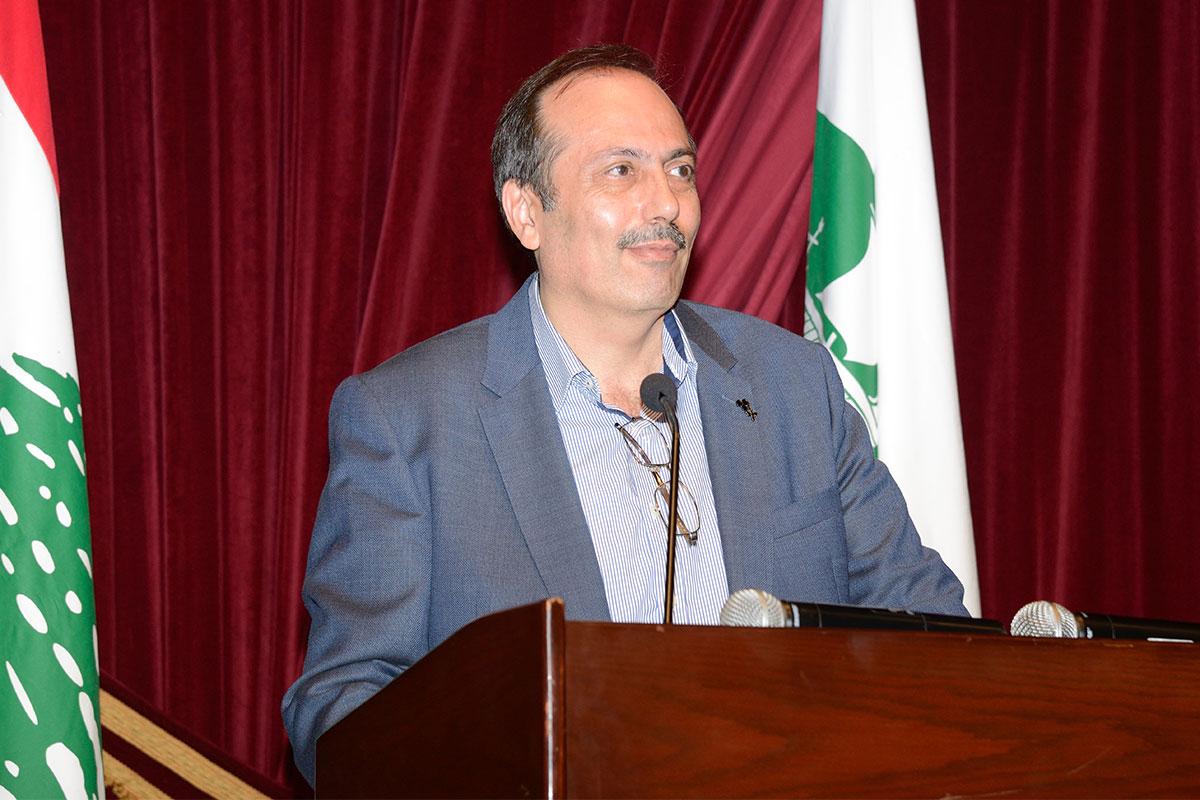Research Highlight: An Innovative Way to Learn Differential Equations
A study by LAU’s Dr. Samer Habre shows how an active learning method led students to reinvent mathematical concepts, effectively grasping new knowledge without the use of textbooks and lectures.
With the growing popularity of active learning, a research study by SoAS Assistant Dean Samer Habre attests to the success of his teaching techniques in helping students reinvent mathematical concepts, making them the owners of these ideas.
The paper, published in Teaching Mathematics and its Applications: An International Journal of the IMA by Oxford University Press, is based on a study conducted at LAU during an Inquiry-Oriented Differential Equations (IODE) course – a form of active learning.
“Our goal as educators is to graduate life-long learners,” Dr. Habre said about why applying active learning is becoming increasingly important.
“The IODE curriculum differs from a traditional one in that it is a not a cookbook of analytical methods to solve pre-defined sets of differential equations, methods that students will forget in a few years’ time,” said Dr. Habre, who is an associate professor of mathematics.
“One of the benefits of reinventing mathematical concepts is that IODE students become owners of their knowledge, which will most likely be entrenched in their minds.”
By promoting a generation of active learners, Dr. Habre believes students will be able to use their earned knowledge as future engineers, physicists and economists, among others, because differential equations is an applied field.
The IODE course Dr. Habre conducted was designed at North Carolina State University following the theory of Realistic Mathematics Education (RME), where a mathematical activity becomes “a discovery journey that guides the learners into the reinvention of mathematical concepts and ideas,” he explained.
Basing the exercises on real-life situations, students worked in groups and attempted to draw equations to natural scenarios.
For example, students were asked to model interaction between two species such as bees and flowers, lions and tigers or lions and deer. They were required to write a mathematical model that describes the change in the population of the species over time, factoring in variables such as changes in the populations’ size compared to their initial size and the interaction between them.
Another exercise involved students making predictions about the spotted owl population in a forest in the Pacific Northwest to describe changes in its numbers at any given time.
The difference between these exercises taking place in a traditional setting and in an IODE class is that in the former the concept is introduced by the instructor while in the latter the students deduce it by thinking analytically – in essence “reinventing” the concept.
“The community of mathematicians and educators has been trying to solve the problem of how best to teach mathematics,” Dr. Habre said. “As with all complex real-world problems, the challenge is that there is not an exact solution but rather a collection of approximate solutions.”
Drawing comparisons from when he was a math student himself, Dr. Habre said he used to engage in math classes merely as a result of a teacher’s direct instruction.
However, as an educator he noticed that this process engaged only a few students, while with active learning, Dr. Habre came to better appreciate “the significant role of informal education in the development of students’ capacity.”
An active learning environment lets students “engage in mathematical investigation, communication, and group problem-solving,” which also speaks to LAU’s Third Strategic Plan.
Yet no experiment is without its challenges.
The study showed that a few students were uneasy about not having a textbook and expressed their preference for combining traditional lectures with inquiry-based learning.
“This, however, was not the prevailing feeling,” Dr. Habre said, adding that most students valued the teaching approach and “attributed its success to the inquisitive nature of the units, and because oftentimes these units relate to real-life situations.”
In a world that is becoming more and more complex with new challenges arising, through inquiry-based learning LAU students – like mathematicians – are being trained to become problem-solvers, a skill most important in real life situations.
To learn more about all scholarly output by the LAU community, browse our open-access digital archive, the Lebanese American University Repository (LAUR).
